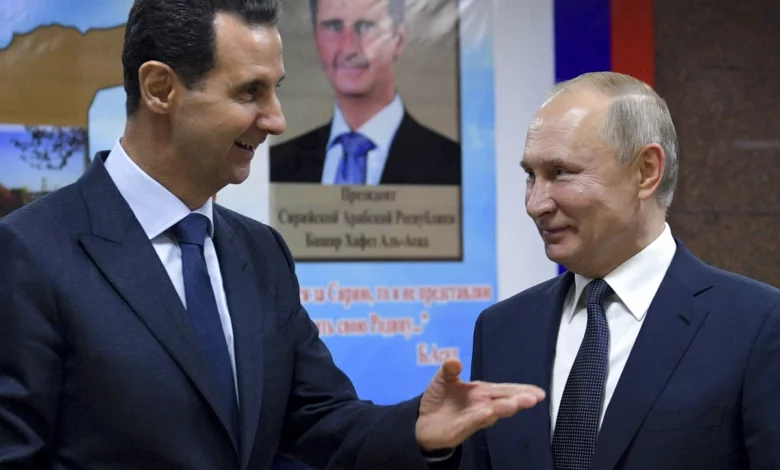
Syria Civil War: On September 30, 2015, the Russian Federation entered Syria and stopped the rebels from toppling Bashar Assad’s Regime in Damascus.
This Sunday brought to a tragic end Syrian President Bashar Al-Assad’s nearly 14 years of fighting to maintain a grip on power as his nation splintered in sectarian bloodshed in a horrific civil war that became a battleground for regional and international actors.
It also reminded me of the time when Russian President Vladimir Putin had rushed to a battered Assad’s help.
Syrian rebels on Sunday declared the capital Damascus “free” after entering the city to scant resistance from regime forces, claiming Assad has fled the capital. With no clear successor, the country is further uncertain.
The Syrian war has killed nearly half a million people and displaced half the country’s pre-war population of 23 million. As the uprising spiralled into a civil war, millions of Syrians fled across the borders into Jordan, Turkey, Iraq, and Lebanon, and on to Europe. His departure ends the Assad family rule, spanning just under 54 years.
The Arab Spring has been described as an aggregate of anti-government protests, uprisings, and even armed rebellions that spread through much of the Arab world during the early 2010s. It is often described as starting with frustration in Tunisia due to endemic corruption and economic stagnation. From Tunisia, there was a spillover into five other countries: Libya, Egypt, Yemen, Syria, and Bahrain.
As marches demanding the freedom of youths who spray anti-regime graffiti on walls gained momentum in Southern Daraa, Assad resorted to military firepower, soon escalating it to a civil war. By 2012, rebel brigades captured key cities in the north, including parts of Aleppo, Syria’s largest city.
In 2014, the Islamic State caliphate was formed. Claiming roughly a third of Syrian territory with Raqqa as its capital led to other triggers.



